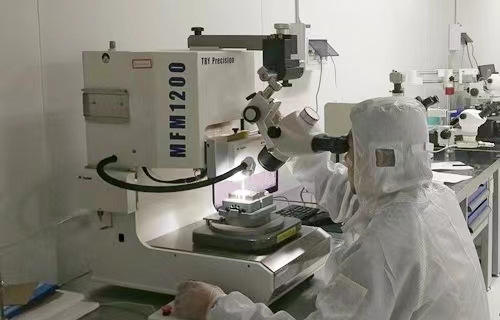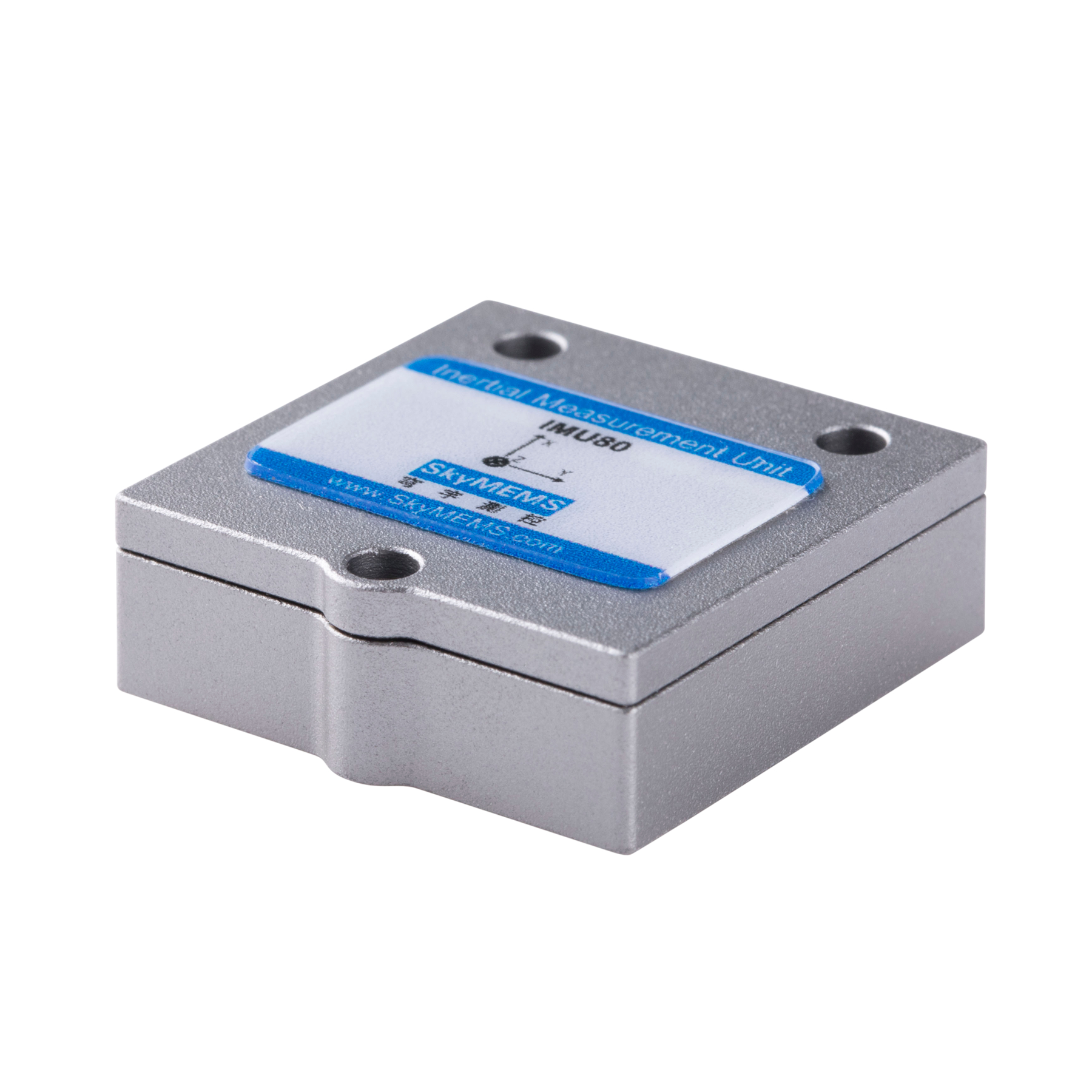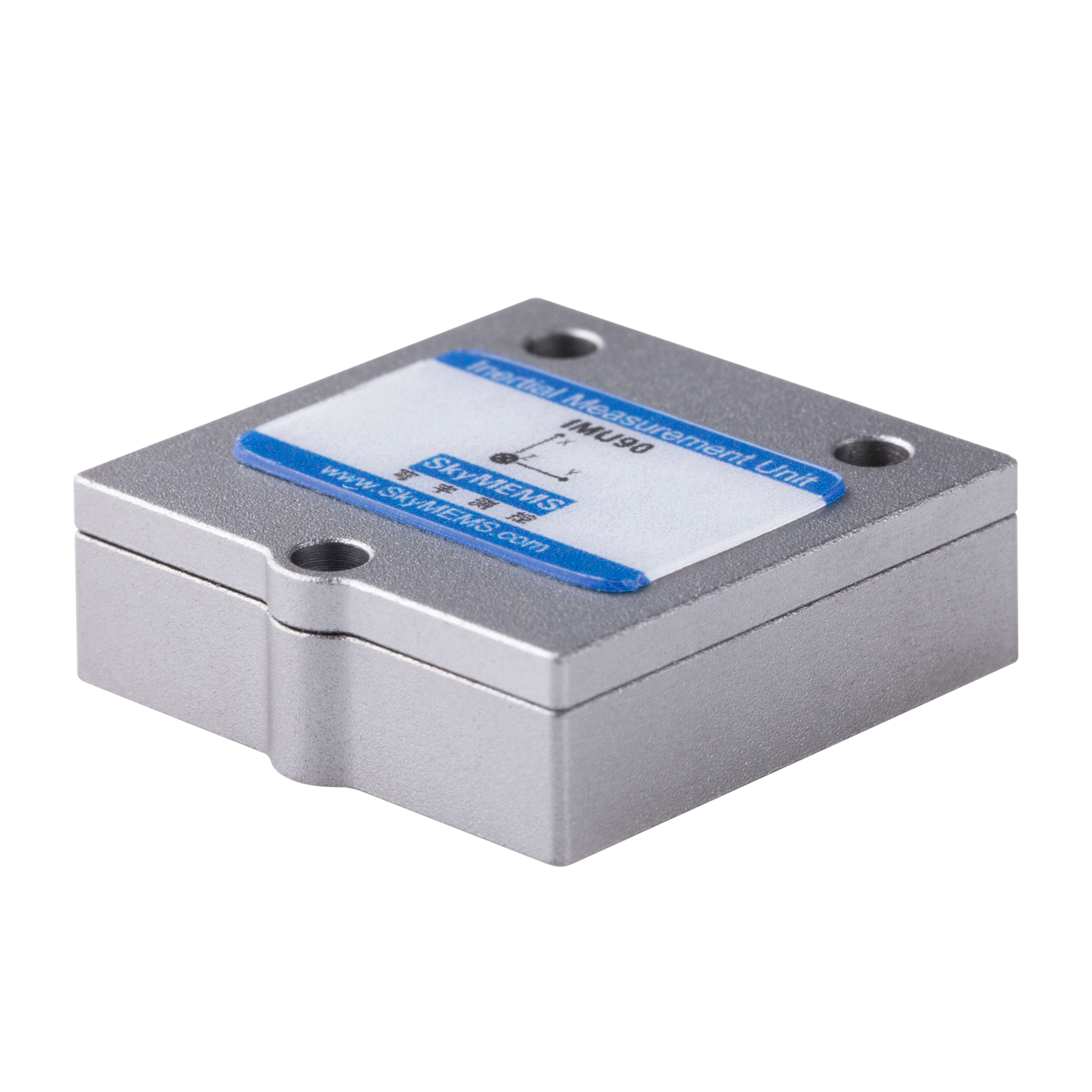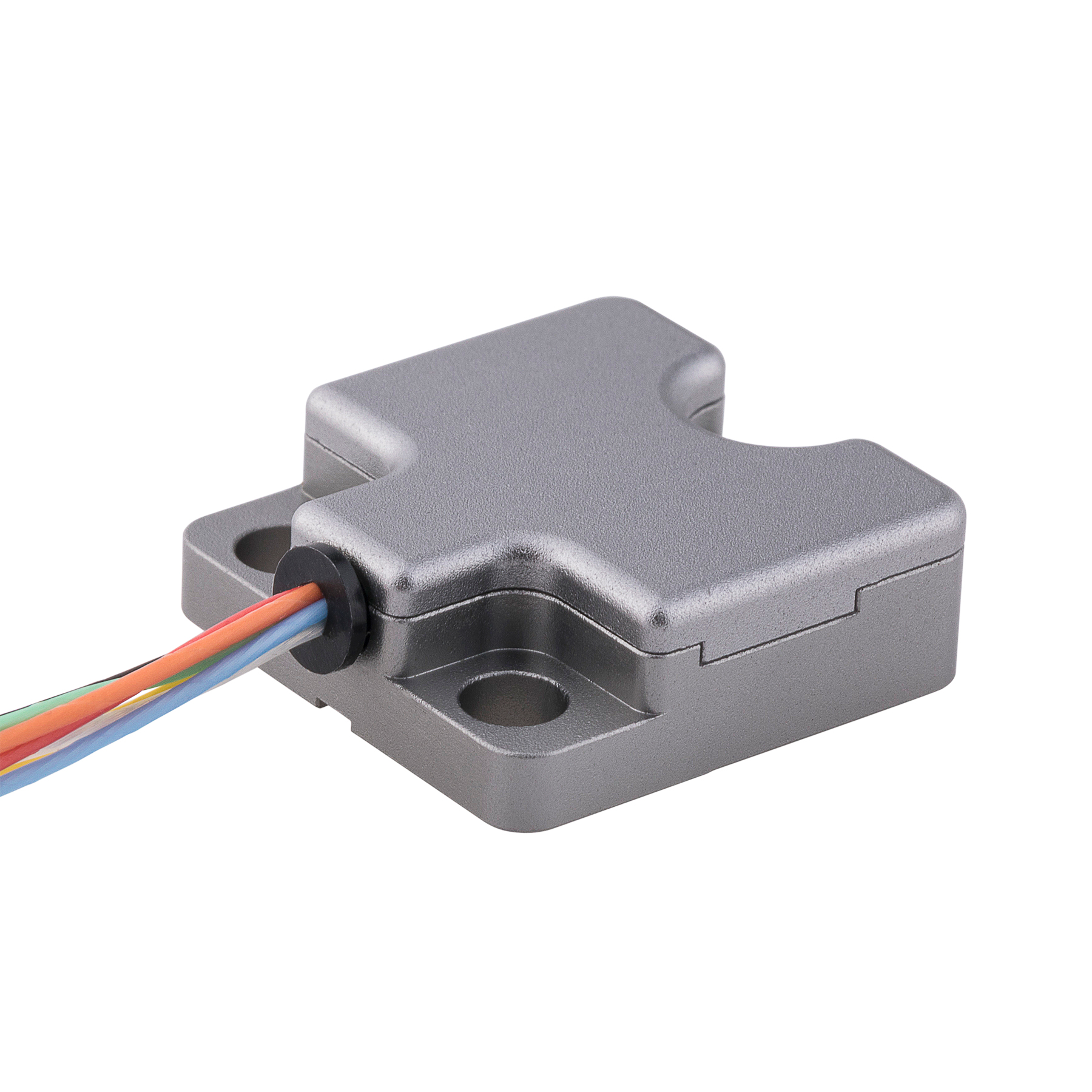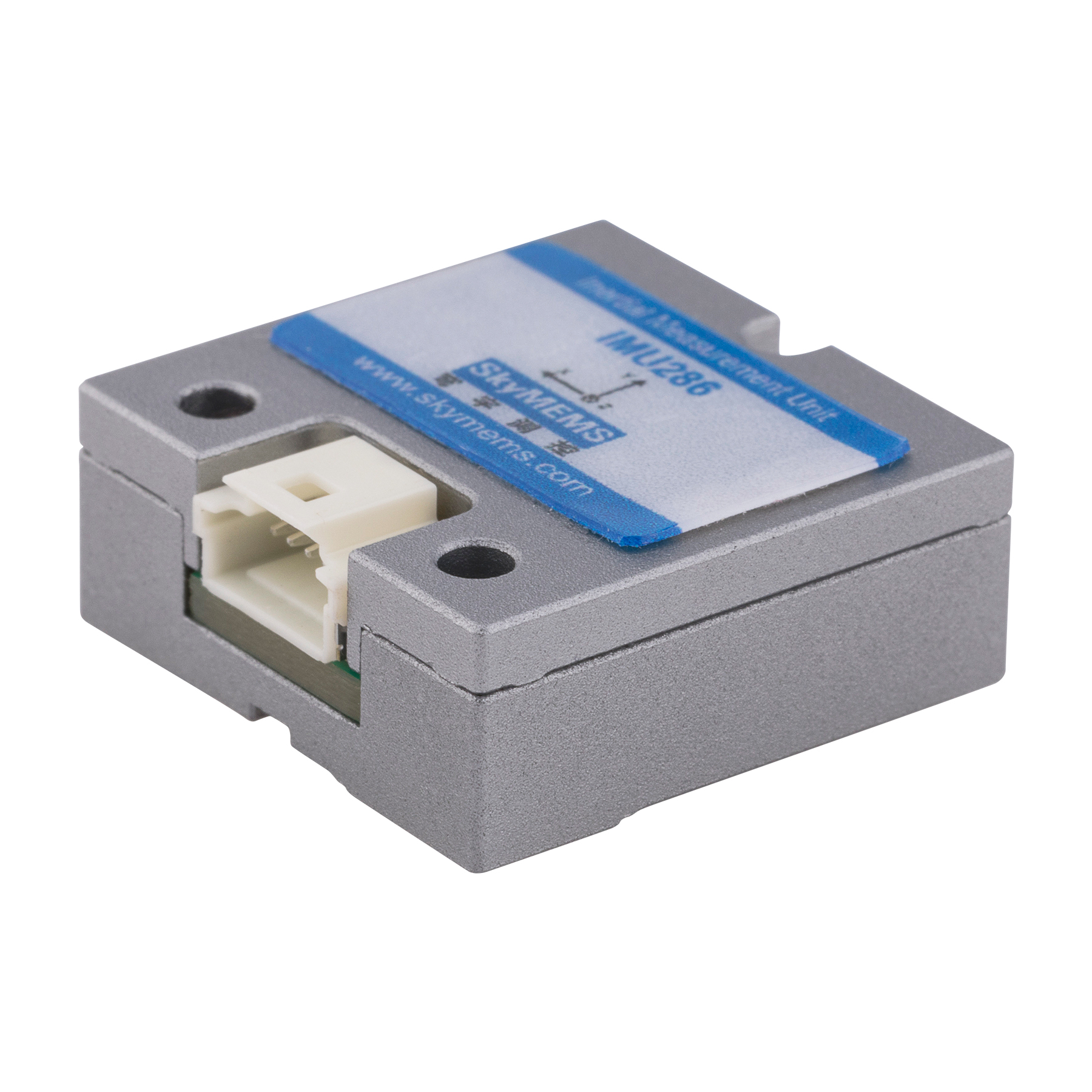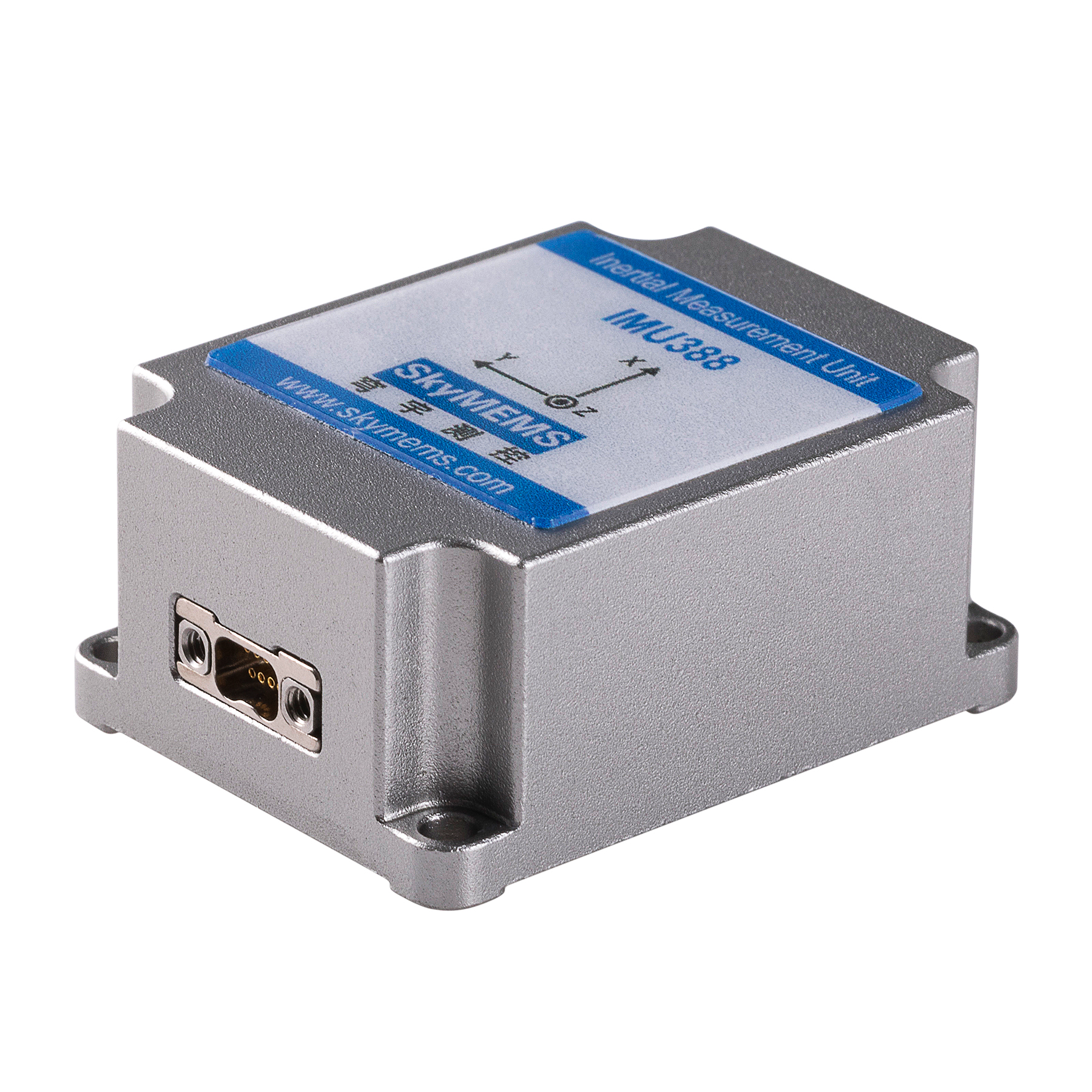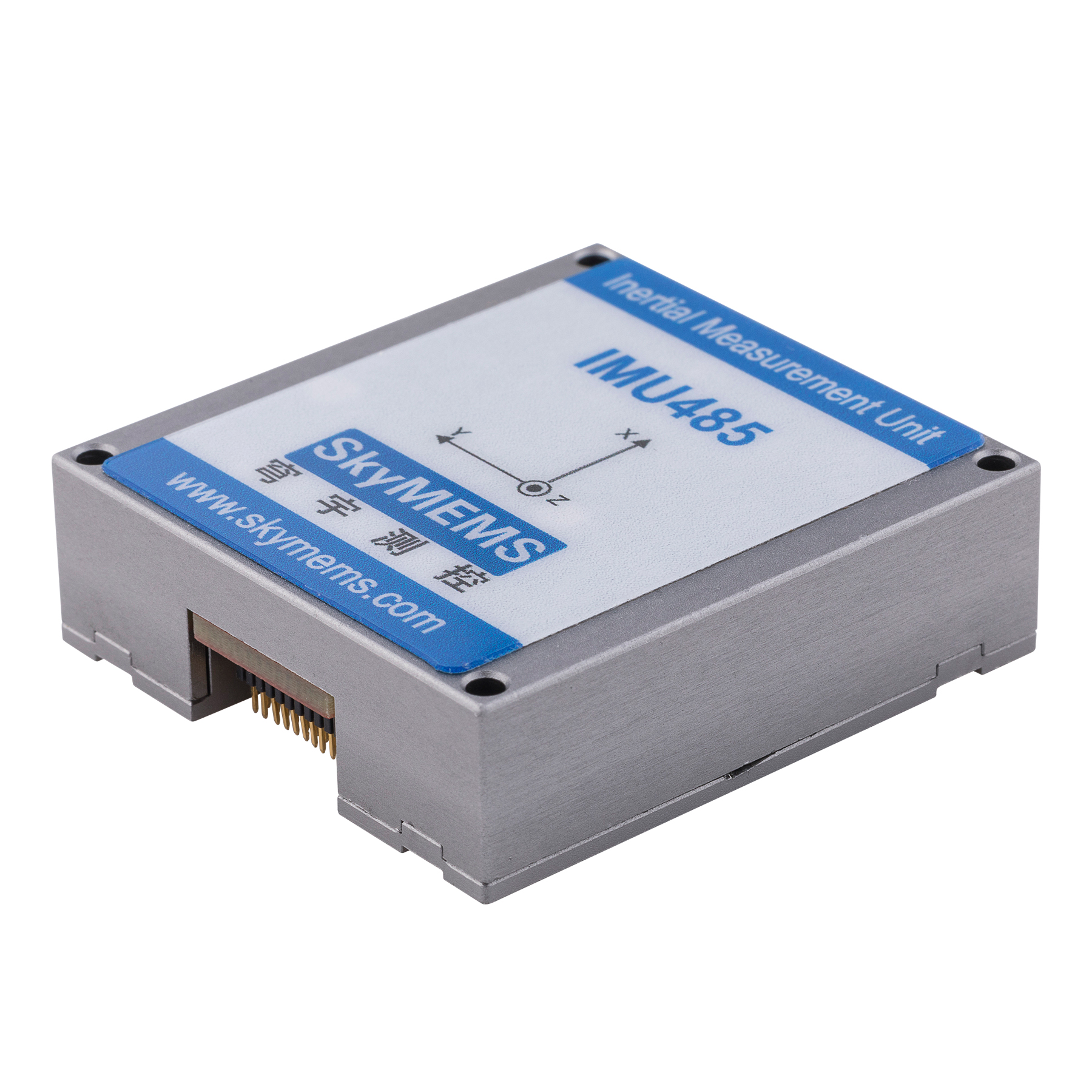Anti-lock braking systems (ABS) are critical safety features in modern vehicles, and the selection of sensors used in these systems can have a significant impact on their performance. In particular, the choice of analog MEMS accelerometer can greatly affect the stability control of the ABS system. This article explores how the selection of analog MEMS accelerometers can impact the stability control of an ABS system and offers insights into best practices for selecting these sensors.
Introduction
Did you know that analog MEMS accelerometers play a crucial role in vehicle safety? They are commonly used in ABS systems to measure vehicle acceleration and deceleration, providing precise measurements of vehicle motion that help prevent wheel lock-up. But here’s the catch – not all analog MEMS accelerometers are created equal! In fact, the selection of these sensors can have a significant impact on the stability control of the ABS system. So, it’s essential to choose the right sensor for the job to ensure maximum safety on the road.
How Analog MEMS Accelerometers Affect Stability Control
The selection of analog MEMS accelerometers can impact the stability control of the ABS system in several ways. First, the sensitivity of the accelerometer can affect the accuracy of the measurements, which in turn affects the stability of the system. If the sensitivity is too high, the system may overcompensate and cause the wheels to lock up, while if the sensitivity is too low, the system may not react quickly enough to changes in the vehicle’s motion.
Second, the operating range of the accelerometer can also impact stability control. If the operating range is too narrow, the system may not be able to detect large changes in the vehicle’s motion, leading to instability. Conversely, if the range is too wide, the system may be too sensitive to small changes in motion, leading to unnecessary adjustments.
Finally, the noise level of the accelerometer can also impact stability control. If the noise level is too high, it can introduce errors into the measurement, leading to unstable behavior of the ABS system. Therefore, it is important to select analog MEMS accelerometers with low noise levels to ensure accurate and stable operation of the ABS system.
Best Practices for Selecting Analog MEMS Accelerometers for ABS Systems
To ensure optimal stability control in ABS systems, it is important to follow best practices when selecting analog MEMS accelerometers. The following are some key considerations to keep in mind:
- Sensitivity: Choose an accelerometer with an appropriate sensitivity level to ensure accurate measurements without overcompensation or undercompensation.
- Operating Range: Select an accelerometer with an appropriate operating range that covers the expected range of vehicle motion.
- Noise Level: Choose an accelerometer with a low noise level to ensure accurate measurements without introducing errors.
- Calibration: Calibrate the accelerometer regularly to ensure accurate and consistent measurements.
- Integration: Choose an accelerometer that is easy to integrate into the ABS system, with appropriate interfaces and mounting options.
Conclusion
In conclusion, the selection of analog MEMS accelerometers can have a significant impact on the stability control of ABS systems. By following best practices in selecting these sensors, including considering sensitivity, operating range, noise level, calibration, and integration, vehicle manufacturers can ensure optimal performance and safety of their ABS systems. The use of precise and reliable analog MEMS accelerometers is essential to prevent wheel lock-up and ensure safe driving conditions for all motorists.

